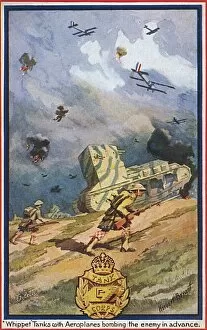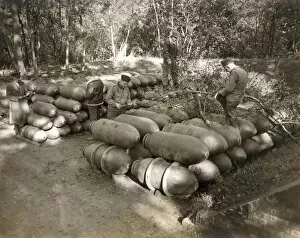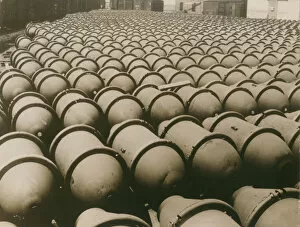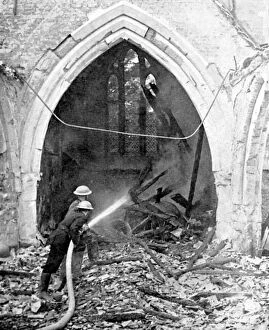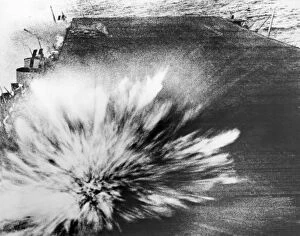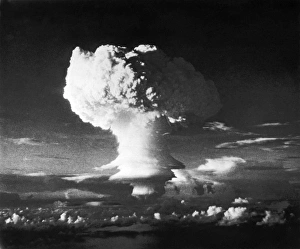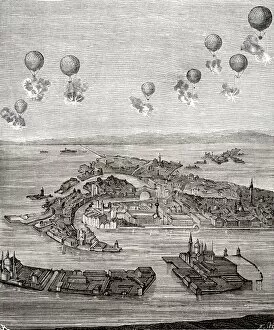Bombs Collection (page 25)
"Bombs: Unleashing Destruction and Resilience Throughout History" Bomb damage in Brampton Road, Bexleyheath
All Professionally Made to Order for Quick Shipping
"Bombs: Unleashing Destruction and Resilience Throughout History" Bomb damage in Brampton Road, Bexleyheath, WW2: A haunting reminder of the devastation caused by bombs during World War II, as homes crumbled under the weight of destruction. Bomb damage in Kilgour Road, SE London, WW2: Witnessing the scars left behind by bombs that once shook this neighborhood is a testament to the resilience and strength of its residents. Propaganda poster for the RAF: With bold colors and powerful imagery, this propaganda poster rallied support for the Royal Air Force's relentless fight against enemy bombers during wartime. Sectional view of a Mills grenade, WW1: Delve into history with an intricate look at a Mills grenade from World War I – a weapon that changed warfare forever. Things That Matter, by Bruce Bairnsfather: In his poignant book capturing life on the frontlines during WWI, Bruce Bairnsfather reminds us of how bombs shaped destinies and tested human spirit. Rejected by the inventions board: Explore some intriguing bomb-related inventions that failed to make their mark but sparked curiosity among inventors seeking innovative ways to wage war or protect lives. Ordnance Survey map of north Sheffield copied by Germans marked with bombing targets: Discover how even maps became weapons as German forces meticulously marked bombing targets over North Sheffield during WWII – a chilling glimpse into strategic planning. Bouncing Bomb: The daring invention that defied gravity. Learn about Barnes Wallis' ingenious creation designed to breach dams during WWII and cripple enemy infrastructure like never before. North Sheffield marked with bombing targets c. 1940: Step back in time as you witness markings on an old map revealing potential destruction planned upon unsuspecting communities – highlighting both fear and determination amidst war-torn skies. WW2 poster - How to tackle a fire bomb.












